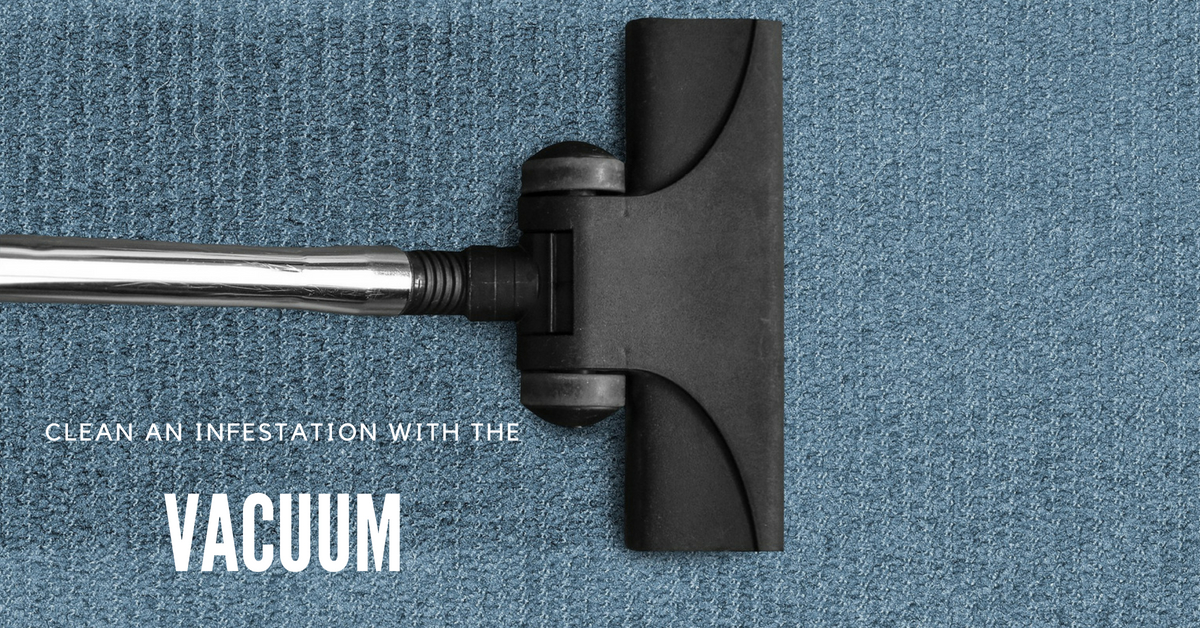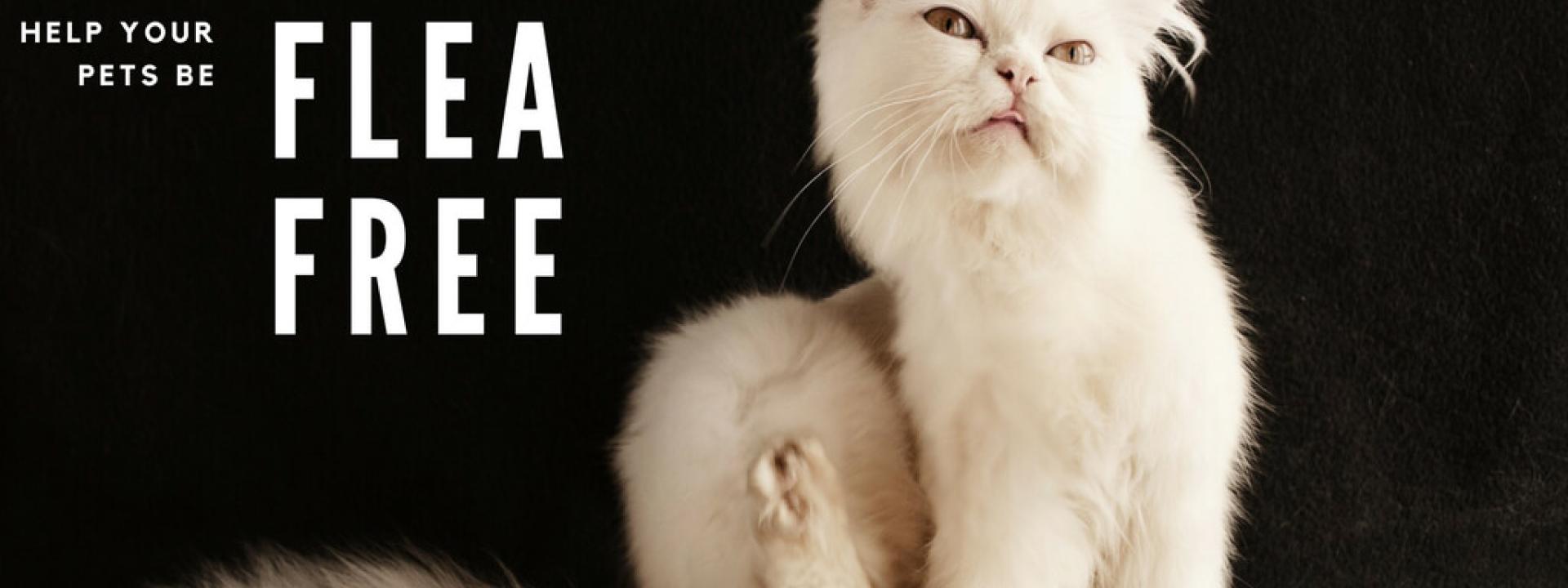While fleas are an especially common problem for dogs and cats during the summer months, pet owners generally have to battle parasites year-round. After all, our homes can be a nice, cozy environment for fleas in all seasons!
Prevention is Key
The best way to prevent a flea infestation is to keep pets on a constant and consistent flea control regimen. When your pet is on and off preventative medication, it is likely he/she will get fleas! If you do not use flea preventative medication and do not have a flea problem, you have been lucky. And it is simply safer and easier to prevent an infestation, rather than tackle one after it gets started.
We can recommend products for both dogs and cats to help prevent a flea infestation in your home. We're happy to talk with you about your pet's and family's lifestyle and needs; there are topical, oral, and injectable preventives, and one of these should be just right for your pet. Just contact us!
The Flea Life Cycle - In Your Home
Adult fleas live on your pet and lay eggs. These eggs drop off into the environment, where they hatch into larvae. Larvae prefer to live in dark, low traffic areas, such as under the couch or between couch cushions. After a few days, the larvae molt into pupae (a cocoon-like stage) and can stay dormant for up to six months. Pupae live in carpeting, between floorboards or in shady outdoor areas. Once this stage is over, the adult flea will jump back onto your pet.
It is important to remember that your pet can get fleas while on a flea control regimen. If an unprotected dog (not current on preventives) visits your home, for example, he/she can drop eggs into your pet’s environment. These eggs will hatch 14 days to one year later. Additionally, if your dog visits a friend or neighbor’s home and fleas are present, he/she may pick them up there. Remember, you cannot control every situation, but you can protect your home and your pets.
Cleaning Your Home during a Flea Infestation

If your house becomes infested with fleas, we can recommend control products for your pet, depending on whether he/she is currently on a preventive. In addition, you’ll need to thoroughly clean the environment, especially the areas where your pet sleeps. If your pet sleeps in your bed, wash all bedding and make sure to clean around and under the bed. Vacuuming is important. Remove all couch cushions and vacuum them, as well as under and around the couch. Then be sure to empty vacuum canisters or bags outside of your home. Don't put a vacuum full of fleas and eggs right back into a linen closet!
It is important to note that during the cleaning process, you will not be able to remove all flea pupae—they will continue to hatch out. However, once you have your pet on the above routine, you will kill those fleas once they have hatched.
Fleas in the Outdoor Environment

Outdoor areas will be harder to clean. Again, fleas will be found where your pet typically hangs out in the yard. Fleas especially enjoy dark, leafy areas, such as under shrubs or porches. To rid your outdoor environment of fleas, first clean all leafy debris away. If you have a severe outdoor infestation, you may also want to consider a pet-safe yard spray (again, please feel free to ask for recommendations), which attaches to a garden hose and is intended to be sprayed under porches and around the yard. Keep in mind, however, that this is rarely a necessity as the vast majority of the problem is in your house where your pet sleeps.
Fleas can be very frustrating to eradicate, but with your veterinarian’s help, you can win the battle!

